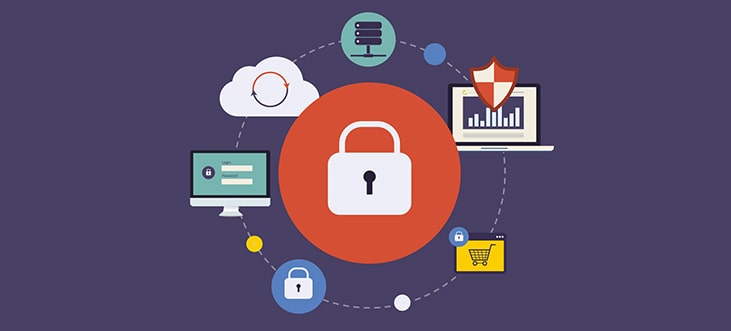
Patch Management has its own relevance in cyber security; it addresses those vulnerabilities in software and systems which cyber criminals would make use of to gain entry into systems and networks and then steal sensitive personal data or lock users out and demand ransom. Yes, effective patch management is key to cyber security.
Businesses today are prone to all kinds of cyber attacks; hackers would constantly be on the lookout for software/system vulnerabilities that are not patched. Thus it becomes important that every business today has a proper patch management strategy so that cyber criminals are kept at bay exploiting security holes. A consistent and effective patch management strategy that defines how and when each patch is to be tackled, who is responsible for executing this and how patch verification is done, is vital to the security of any enterprise today. This demands a very proactive approach, which focuses on finding security holes before a hacker does and patching them in advance. If there is no well-defined patch management policy, patch notifications are likely to get ignored. That would cause security holes to appear, which would end up helping cyber criminals gain control of a system or network.
For any enterprise, strategic and regular handling of patch notifications happens to be very important. Patch notifications, which come from multiple sources, help enterprises fix product security holes. These notifications may come from sources like Microsoft's Windows Automatic Updates, the Microsoft Security Notification Service, RMM (Remote Monitoring and Management) tools etc and are issued on a schedule. Despite there being a schedule, security vendors may even send out patches off schedule in case of critical vulnerabilities. A notable example in the recent past is Microsoft issuing a patch for the EternalBlue vulnerability in March. Many organizations failed to act on time; they didn't apply the patch. The result was disastrous. It was this vulnerability that hackers used to execute the WannaCry outbreak and later another attack with a new variant of Petya (also referred to as NotPetya) malware. These attacks prove, beyond all doubt, that handling patch notifications in a proper and timely manner is very important. Every enterprise needs to have a consistent, well-defined process to handle patch notifications, whether they come on schedule or off schedule.
Whenever a patch is applied, it's important to test and verify it. This is really important since a flawed patch could pose a serious security threat and could cause issues with the system and the network as a whole.
Patch testing should be done in a controlled environment so as to minimize the possibilities of damage in case the patch is a flawed one. Only after it's verified that it's a good patch should it be applied to the systems on a network. It's also important that proper installation of any patch is ensured.
The patch management process in place should include a reporting and verification step, which is needed to confirm that the designated systems have been successfully updated.
Thus it's to be inferred that having a sound and effective patch management strategy is key to system/network security and also critical as regards addressing endpoint vulnerabilities.

Effective Patch Management Strategy Prevents Security Hacks
The Data Breaches Cost of US Businesses in 2017
3 Important Things Windows Patch Management Should Do
The things You Need To Know About Security Patch Management
Why do you need Automated Patch Management. Reasons Explained
CLOUD BASED IT MANAGEMENT SOFTWARE FOR
MSPs and ENTERPRISE
Remote Monitoring and Management | Service Desk | Patch Management
Now Add Up To 50 Devices for Free
Add new comment